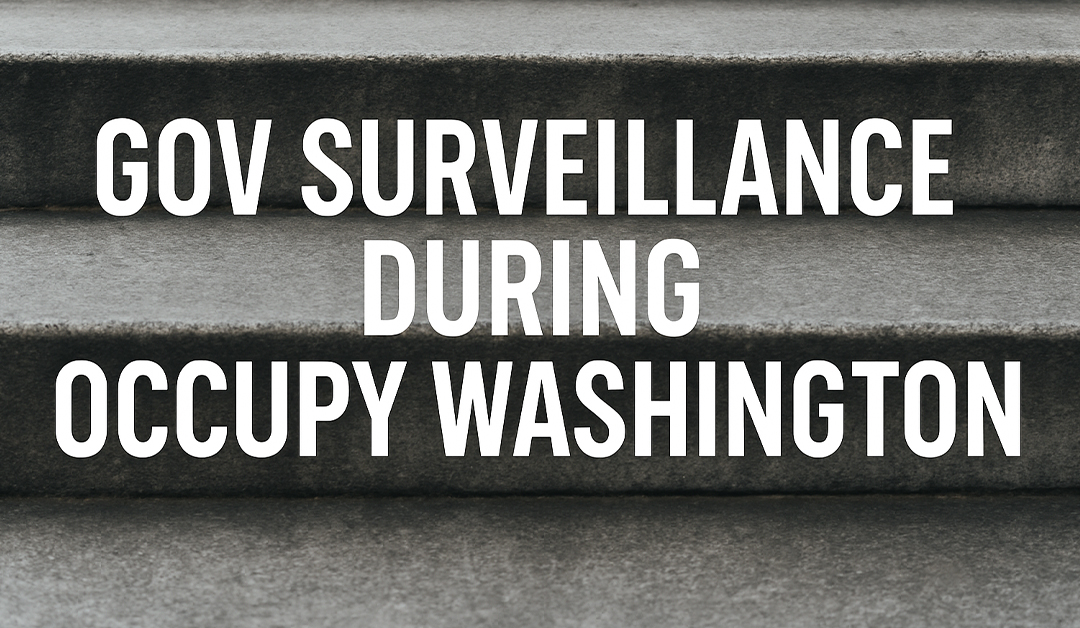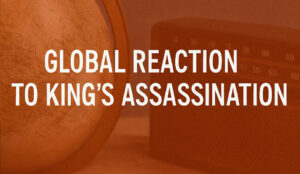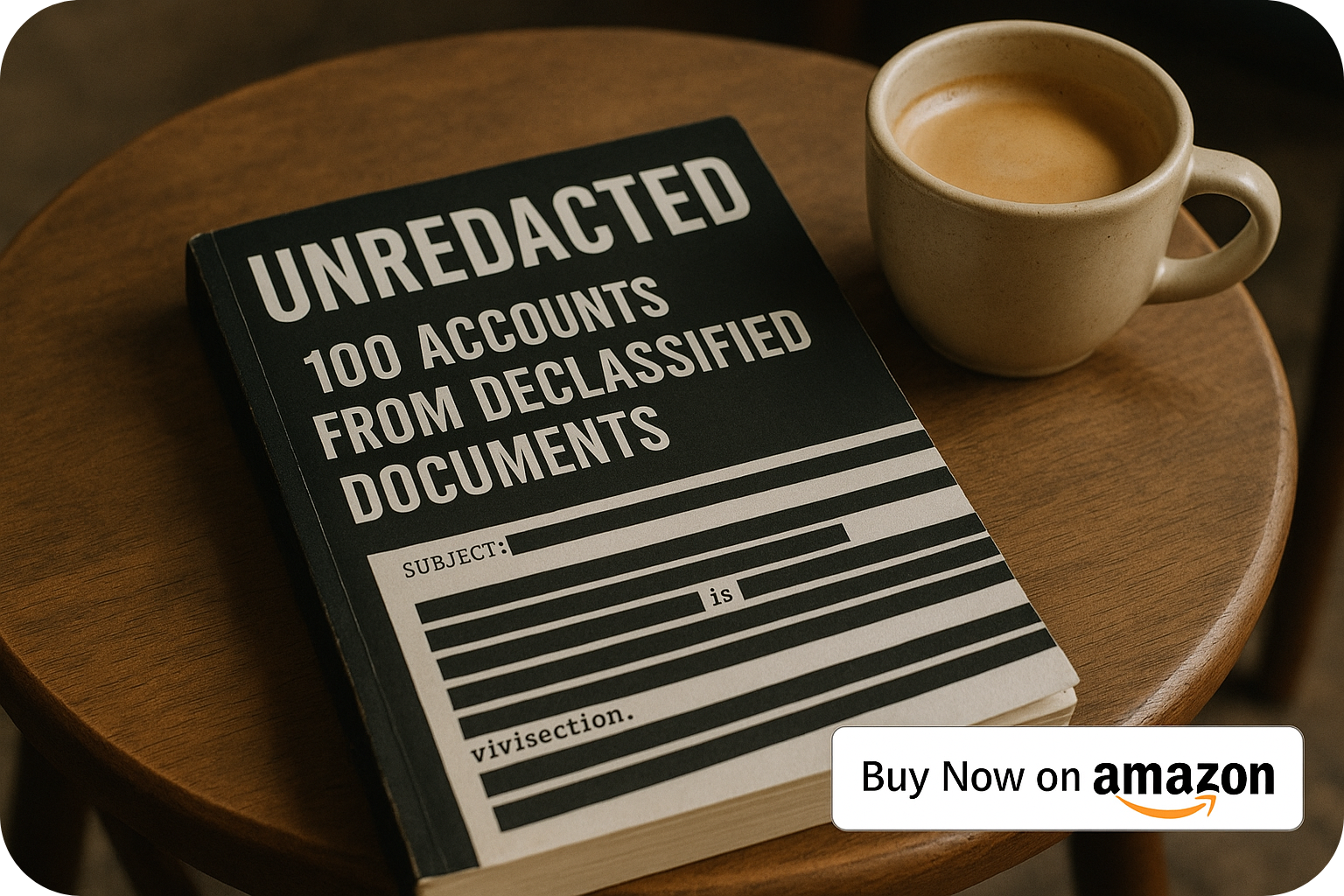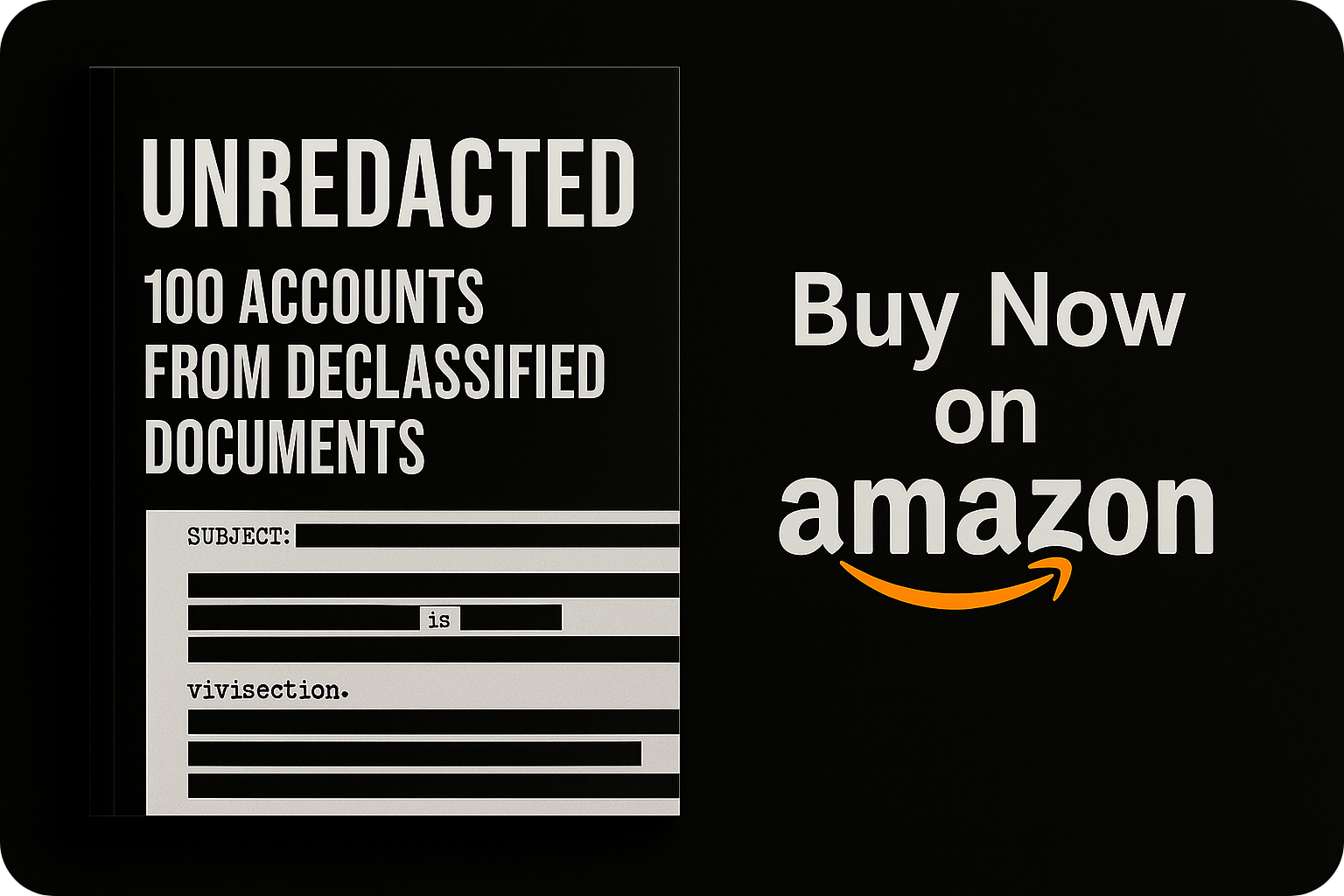In the weeks following Dr. Martin Luther King Jr.’s assassination, the U.S. government ramped up its internal surveillance and threat assessments-not against violent agitators, but against the civil rights movement’s most ambitious protest yet.
The declassified "Resistance Information Report" details how federal officials anticipated unrest, disruption, and confrontation as the Poor People’s Campaign prepared to bring thousands to Washington, D.C., in spring 1968.
It wasn’t just a protest.
It was a movement ready to occupy the capital, led by King’s successors and driven by a demand for economic justice.
🏕️ Resurrection City and the Poor People’s Army
According to the document, caravans from across the U.S. were expected to arrive beginning May 12.
Organizers planned to:
- Construct Resurrection City, a symbolic shantytown on the National Mall
- Maintain a nonviolent presence to pressure Congress into action
- Coordinate demonstrations around key dates, including May 19 (Malcolm X’s birthday) and May 30
Despite the peaceful intent, agencies treated the event as a national security risk. Intelligence analysts described the movement as a "Poor People’s Army" with "massive disruption potential."
🕵️ Strategic Organizing and Surveillance
Two men are singled out in the report:
- Rev. Ralph Abernathy, King’s close associate, as the moral and public leader
- Bernard Lafayette Jr., a key strategist managing day-to-day operations and coordination
Officials cited Lafayette’s prior ties to SNCC and antiwar activism as grounds for concern. His coordination of nationwide support, cross-group alliances, and tactical secrecy were seen as indicators of "heightened risk."
"The core objective is disruption, not destruction," the report notes-yet it recommended federal agencies prepare for "sabotage" and "hostile demonstrations."
📈 Political Pressure and Institutional Fear
Federal agencies feared not only mass gatherings, but the optics.
The campaign threatened to:
- Embarrass the administration during the Vietnam War
- Highlight contradictions in American democracy
- Attract global media attention to poverty, racism, and injustice in the capital
Every element was tracked-who was organizing, who was arriving, what days were flashpoints.
Despite this, the SCLC made no secret of their goals: to force the government to confront systemic economic deprivation in the richest nation on Earth.
🧱 A City of Protest
In the weeks that followed, Resurrection City was built, a muddy encampment of hope, desperation, and resistance.
Though it was eventually dismantled, the campaign remains one of the most sustained mass protests against poverty in U.S. history.
This report doesn’t document sabotage.
It documents fear-by the state-of organized, moral pressure from below.






